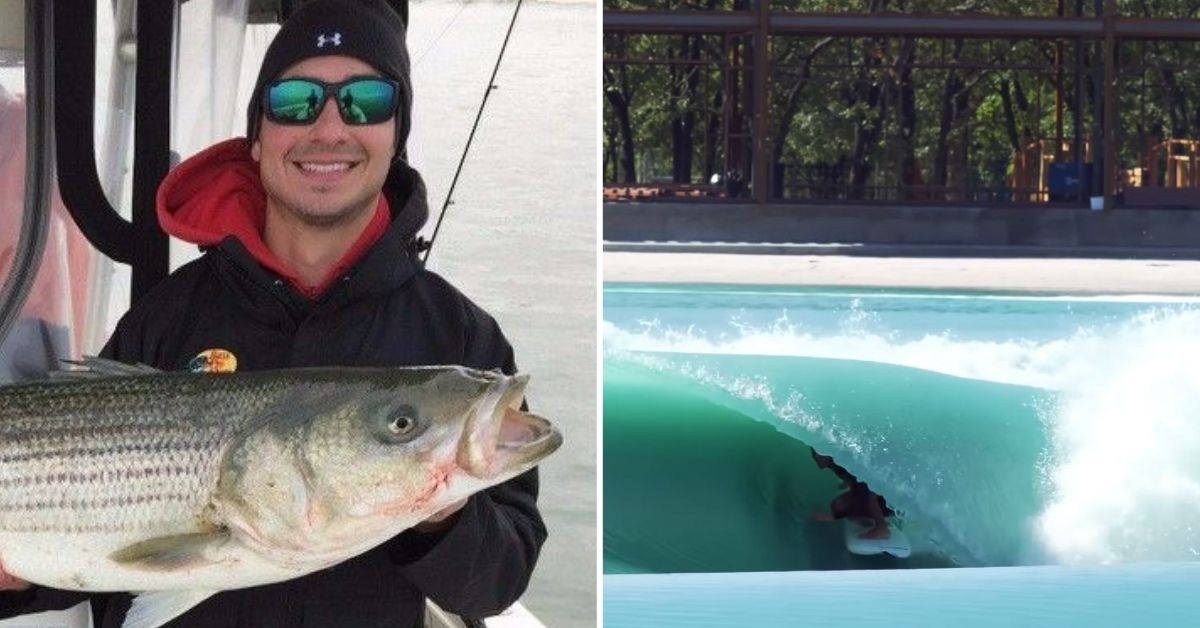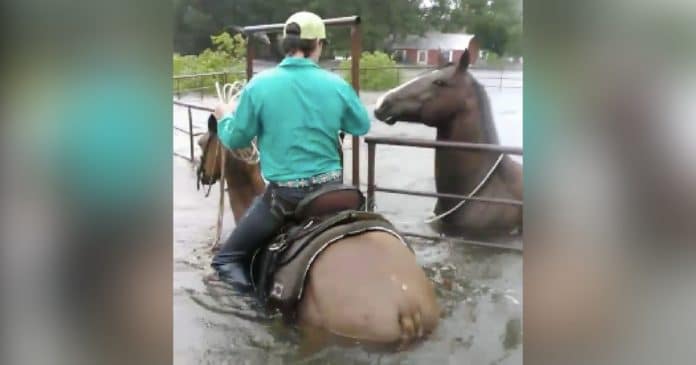Despite being a great way to stay active and cool during the summer months, frequenting public pools and water parks can pose a risk to your health.
We don't think about it often, but there are some nasty things lurking beneath the surface. While most pool operators do their best to keep the water clean, sometimes their efforts aren't enough to get rid of all the harmful pathogens.
Unfortunately, it takes the death of a person for people to be reminded that man-made water bodies aren't always safe.
A rare but deadly infection
This week, Fabrizio "Fab" Stabile, a New Jersey surfer, was reported to have died in late September after visiting BSR Cable Park's Surf Resort in Waco, Texas.
The 29-year-old apparently contracted a rare but highly deadly amoeba, Naegleria fowleri, or most commonly known as a "brain-eating amoeba," after spending time in the park's wave pool, according to Waco Tribune-Herald.
The Centers For Disease Control and Prevention (CDC) is currently testing the resort for the rare amoeba, and the park has since voluntarily closed its doors.
"The CDC collected water samples and are currently investigating to find the source. We hope to have results by the end of the week," said Kelly Craine, a spokesperson for Waco-McLennan County Public Health District.
Owner Stuart E. Parsons Jr. has agreed to comply with CDC's probe into Stabile's death, and released a statement in which he reassured the public that the landlocked resort's artificial wave pool is in compliance with the organization's "guidelines and recommendations concerning Naegleria fowleri."
"Our hearts and prayers are with his family, friends, and the New Jersey surf community during this difficult time," Parsons said.
What you need to know
According to the CDC, the avid outdoorsman most likely died from complications of amebic meningoencephalitis, which occurs when water tainted with the amoeba enters a person's body through the nose. But surprisingly, swallowing contaminated water does not result in infection.
The amoeba is commonly found in warm freshwater, such as lakes, hot springs, untreated well water, and rivers. In some cases, a person can contract the deadly waterborne pathogen while in a pool, hot tub or using contaminated tap water.
Symptoms, including headache, fever, stiff neck, altered mental state, and loss of appetite, start to show up about nine days after swimming, and most people die one to 18 days after symptoms appear.
Since 1962, only four people in the United States have survived the deadly infection. 30 out of the 34 brain-eating amoeba cases reported between 2008 and 2017 were caused by recreational water. Three people became ill after performing a nasal irrigation with contaminated tap water and one person got infected also by using tainted tap water to clean a toy.
Craine called the disease "very, very, very rare, very rare," but that doesn't mean you shouldn't take steps to protect yourself.
How you can protect yourself
Since the microscopic amoeba enters your body through your nose, experts advise people to avoid swimming underwater and diving in warm water bodies, especially during the late summer months.
If you're going to be jumping or diving, the CDC urges you to hold your nose shut or use a nose clip.
When swimming in shallow freshwater, avoid disturbing the sediment as the amoeba can sometimes be found in soil.
Only a small fraction of those who get infected with the disease become sick from it, so at this time, it's unclear if anyone else other than Stabile has been affected after taking a dip in the wave pool.
According to Parsons, the rest of the park's amenities are unaffected so only those who frequented the wave pool should be alarmed.
Stabile's family has issued an obituary, which described him as someone who loves snowboarding, surfing and fishing. They ask that people make donations to Swim Above Water Amoeba Awareness Foundation, an organization aimed at raising awareness of Naegleria fowleri, in lieu of flowers.






